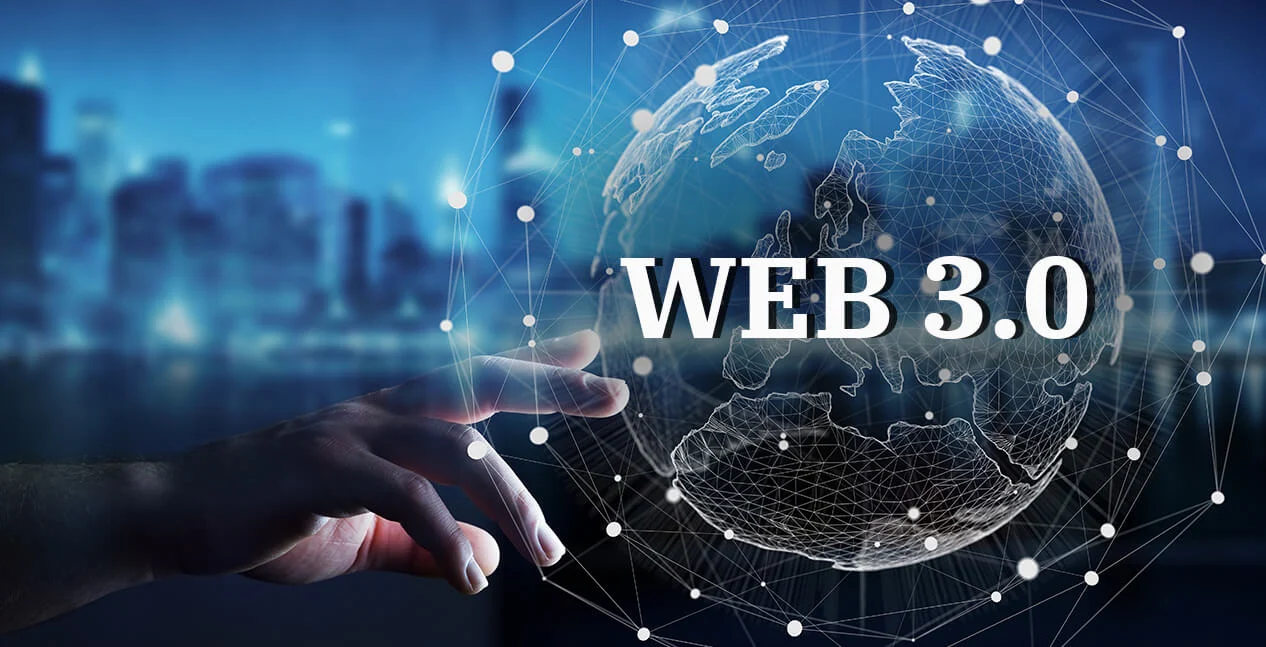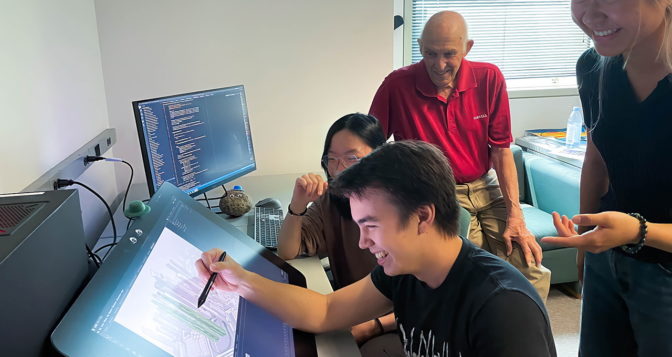Top 5 Developments in Web 3.0 We Will See in the Next Five Years — from intelligenthq.com
Excerpt:
Today, websites have turned highly engaging, and the internet is full of exciting experiences. Yet, web 3.0 is coming with noteworthy trends and things to look out for.
Here are the top 5 developments in web 3.0 expected in the coming five years.
.

European telco giants collaborate on 5G-powered holographic videocalls — from inavateonthenet.net
Excerpt:
Some of Europe’s biggest telecoms operators have joined forces for a pilot project that aims to make holographic calls as simple and straightforward as a phone call.
Deutsche Telekom, Orange, Telefónica and Vodafone are working with holographic presence company Matsuko to develop an easy-to-use platform for immersive 3D experiences that could transform communications and the virtual events market
Advances in connectivity, thanks to 5G and edge computing technology, allow smooth and natural movement of holograms and make the possibility of easy-to-access holographic calls a reality.
.
Top XR Vendors Majoring in Education for 2022 — from xrtoday.com
Excerpt:
Few things are more important than delivering the right education to individuals around the globe. Whether enlightening a new generation of young students, or empowering professionals in a complex business environment, learning is the key to building a better future.
In recent years, we’ve discovered just how powerful technology can be in delivering information to those who need it most. The cloud has paved the way for a new era of collaborative remote learning, while AI tools and automated systems are assisting educators in their tasks. XR has the potential to be one of the most disruptive new technologies in the educational space.
With Extended Reality technology, training professionals can deliver incredible experiences to students all over the globe, without the risks or resource requirements of traditional education. Today, we’re looking at just some of the major vendors leading the way to a future of immersive learning.













![The Living [Class] Room -- by Daniel Christian -- July 2012 -- a second device used in conjunction with a Smart/Connected TV](http://danielschristian.com/learning-ecosystems/wp-content/uploads/2012/07/The-Living-Class-Room-Daniel-S-Christian-July-2012.jpg)



